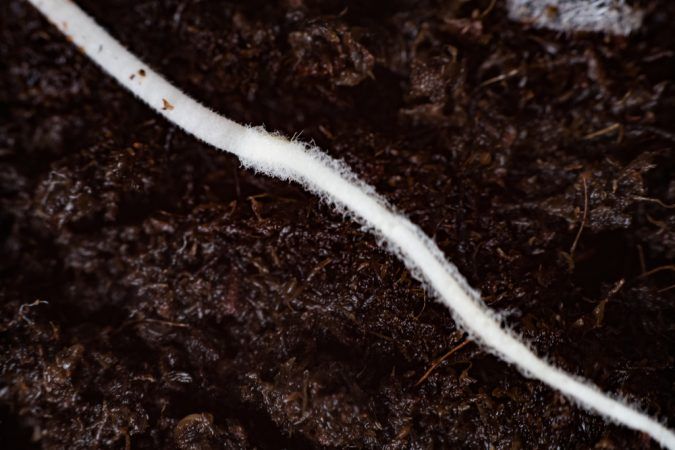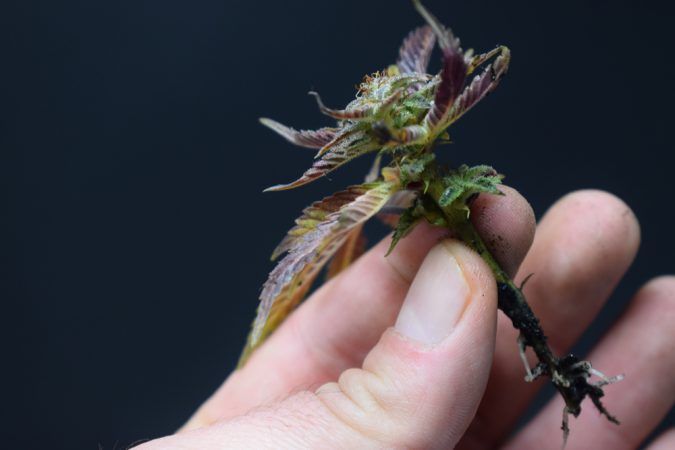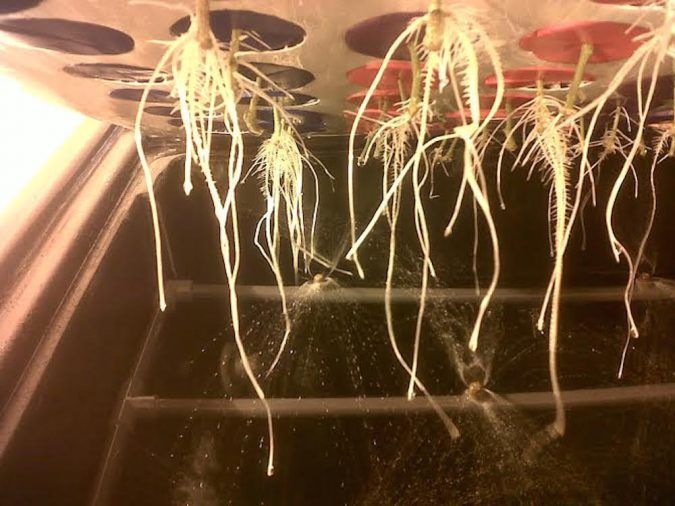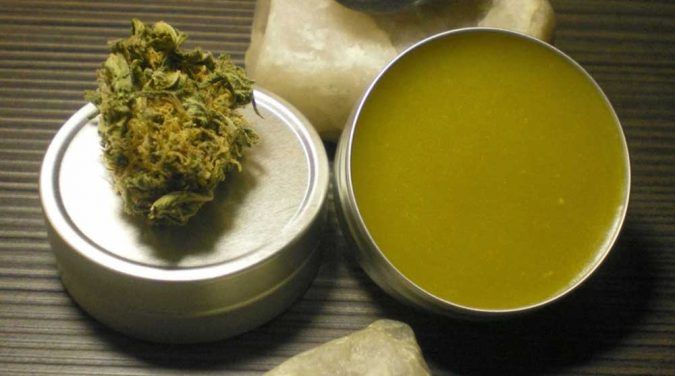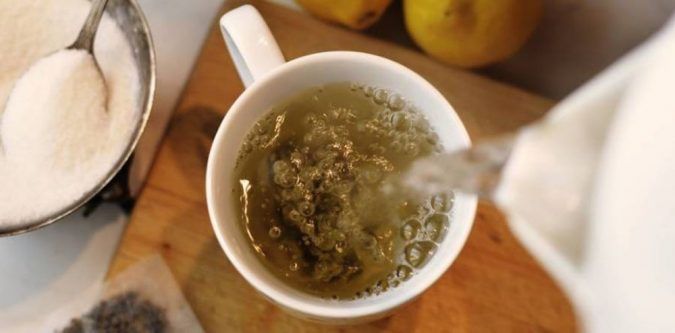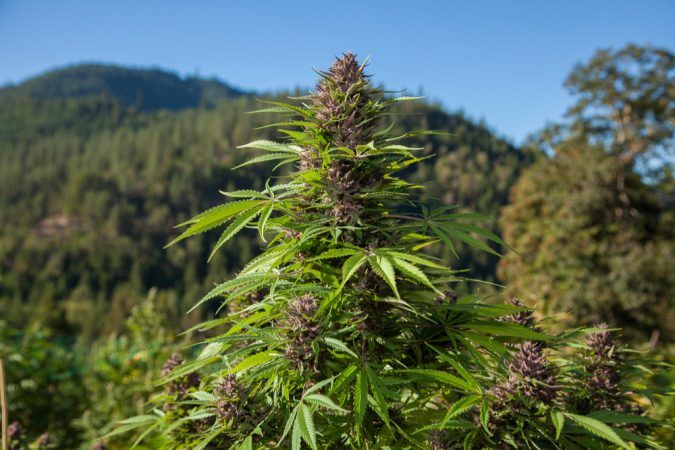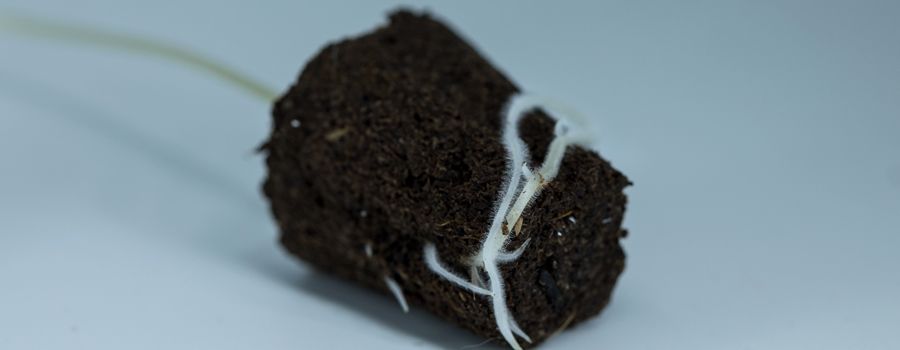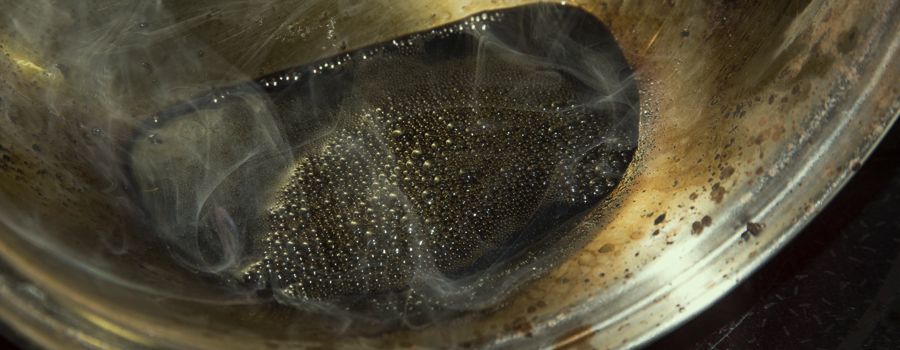CANNABIS ROOT CAN SAVE YOUR LIFE. HERE IS HOW
The weed root is the most underutilized part of the weed plant. Save it because it could come in handy!
We use almost every part of the weed plant: leaves, seeds, flowers, resin, fiber. During historical times, cannabis root was highly valued by our ancestors as they used them for medicine.
The Roots of Weed Therapy
Hemp root was first recorded in Chinese medical literature about 5,000 years ago. The document states that the juice of hemp root is an effective diuretic. Ancient Chinese used it to stop hemorrhages in women after they gave birth. Chinese literature also documents the use of hemp root to manufacture gunpowder.
Around 77-79 CE, Pliny, a Roman historian, published known uses of hemp root in his book Natural Histories. He said that when hemp was boiled in water, it was useful in treating joint stiffness as well as gout and similar disorders. Pliny also wrote that raw hemp root could be applied topically to soothe burn wounds.
Between the 9th and 18th CE, manuscripts in Azerbaijani also documented the popular uses of hemp roots as a decoction to treat wounds and cure fevers. It was used by Azerbaijani to treat toothaches, ulcers, and abscesses.
Throughout history there have been other little known documented uses of cannabis root. While herbal uses from the ancient and medieval times have survived to present day, it seems that the numerous useful properties of cannabis root aren’t mentioned as often as other plants. But that doesn’t mean that hemp root does not have any healthy uses.
Cannabis Roots as Medicine
Analysis of chemical compounds in these roots show why they are considered such important healing and anti-inflammatory herbs.
Cannabis roots are made up of lipids and sugars.
The ethanol extract of hemp root contains terpenes that have many benefits:
Friedelin: antioxidant and protects the liver
Epifriedelanol: can prevent the growth of tumors
Pentacyclic triterpene ketones: can kill cancer cells, reduce inflammation, act as a diuretic, and reduces bacteria
The alkaloids found in cannabis roots have the following benefits:
Piperdine: is used by pharmaceutical companies as a chemical building block to create medicine used in psychiatry
Pyrroldine: also used by pharmaceuticals as a building block in the manufacture of stimulant medications
Small quantities of choline as well as atropine are found in cannabis roots. Choline is an essential nutrient that plays an important role in maintaining health cell membranes. Post-menopausal women are at high risk for a choline deficiency, so they can benefit from consuming cannabis root tea. Altopine on the other hand can be used to relax eye muscles, and can be used to increase heart rate during resuscitation, and it also has bronchodilatory properties.
Modern Day Uses
Many people who grow cannabis and use the root to relieve many ailments and disorders. It is easy to make home-brewed cannabis root tea, all you have to do is place dried, powdered hemp root in a slow cooker for 12 hours. Anise, cinnamon, and other aromatic herbs can also be added if you a huge fan of the taste of pure hemp. Once it is done, strain the tea and drink.
Cannabis root is also used in many tinctures and liniments which are applied directly to the skin. You can use a dry, powdered form of the root as a poultice to soothe skin disorders such as dermatitis, cuts, and burns. Cannabis root used in salves, oils, and balms can also be used to treat herpes, blisters, pimple, acne, arthritis, hemorrhoids, dysmenorrhea, asthma, sore throat, colds, headaches, tension pains, migraines, and chronic inflammation of the larynx.
If you are growing your own cannabis, be sure not to throw out the roots! Take advantage of the amazing plant and dry the roots for medicinal use.
For tea, once dried, break down the roots into chunks and use a mortar and pestle or blender to grind them finely into a powder. Add the ground roots to a slow cooker, add some oil or fat, and let simmer for 12 hours.
The weed root is the most underutilized part of the weed plant. Save it because it could come in handy!
We use almost every part of the weed plant: leaves, seeds, flowers, resin, fiber. During historical times, cannabis root was highly valued by our ancestors as they used them for medicine.
The Roots of Weed Therapy
Hemp root was first recorded in Chinese medical literature about 5,000 years ago. The document states that the juice of hemp root is an effective diuretic. Ancient Chinese used it to stop hemorrhages in women after they gave birth. Chinese literature also documents the use of hemp root to manufacture gunpowder.
Around 77-79 CE, Pliny, a Roman historian, published known uses of hemp root in his book Natural Histories. He said that when hemp was boiled in water, it was useful in treating joint stiffness as well as gout and similar disorders. Pliny also wrote that raw hemp root could be applied topically to soothe burn wounds.
Between the 9th and 18th CE, manuscripts in Azerbaijani also documented the popular uses of hemp roots as a decoction to treat wounds and cure fevers. It was used by Azerbaijani to treat toothaches, ulcers, and abscesses.
Throughout history there have been other little known documented uses of cannabis root. While herbal uses from the ancient and medieval times have survived to present day, it seems that the numerous useful properties of cannabis root aren’t mentioned as often as other plants. But that doesn’t mean that hemp root does not have any healthy uses.
Cannabis Roots as Medicine
Analysis of chemical compounds in these roots show why they are considered such important healing and anti-inflammatory herbs.
Cannabis roots are made up of lipids and sugars.
The ethanol extract of hemp root contains terpenes that have many benefits:
Friedelin: antioxidant and protects the liver
Epifriedelanol: can prevent the growth of tumors
Pentacyclic triterpene ketones: can kill cancer cells, reduce inflammation, act as a diuretic, and reduces bacteria
The alkaloids found in cannabis roots have the following benefits:
Piperdine: is used by pharmaceutical companies as a chemical building block to create medicine used in psychiatry
Pyrroldine: also used by pharmaceuticals as a building block in the manufacture of stimulant medications
Small quantities of choline as well as atropine are found in cannabis roots. Choline is an essential nutrient that plays an important role in maintaining health cell membranes. Post-menopausal women are at high risk for a choline deficiency, so they can benefit from consuming cannabis root tea. Altopine on the other hand can be used to relax eye muscles, and can be used to increase heart rate during resuscitation, and it also has bronchodilatory properties.
Modern Day Uses
Many people who grow cannabis and use the root to relieve many ailments and disorders. It is easy to make home-brewed cannabis root tea, all you have to do is place dried, powdered hemp root in a slow cooker for 12 hours. Anise, cinnamon, and other aromatic herbs can also be added if you a huge fan of the taste of pure hemp. Once it is done, strain the tea and drink.
Cannabis root is also used in many tinctures and liniments which are applied directly to the skin. You can use a dry, powdered form of the root as a poultice to soothe skin disorders such as dermatitis, cuts, and burns. Cannabis root used in salves, oils, and balms can also be used to treat herpes, blisters, pimple, acne, arthritis, hemorrhoids, dysmenorrhea, asthma, sore throat, colds, headaches, tension pains, migraines, and chronic inflammation of the larynx.
If you are growing your own cannabis, be sure not to throw out the roots! Take advantage of the amazing plant and dry the roots for medicinal use.
For tea, once dried, break down the roots into chunks and use a mortar and pestle or blender to grind them finely into a powder. Add the ground roots to a slow cooker, add some oil or fat, and let simmer for 12 hours.


